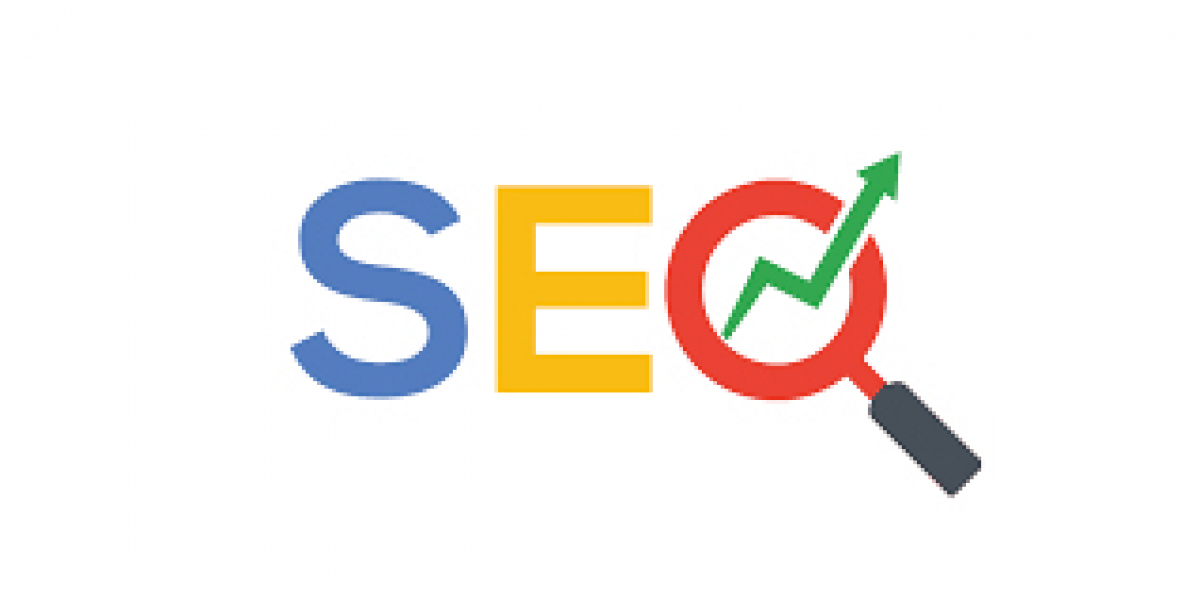In today’s fast-evolving construction industry, the focus on site safety has reached unprecedented levels, driven by technological advancements, stricter regulations, and the industry’s increasing recognition of the importance of proactive risk management. Construction site safety inspections are pivotal, ensuring compliance, reducing the risk of accidents, and promoting a culture of safety among workers. Leveraging the latest trends and aligning with industry requirements is crucial to meet evolving standards and address critical industry needs. Here, we’ll delve into the top trends in construction site safety inspections, the current industry requirements, and the emerging needs that are shaping the future of construction safety.
The Importance of Construction Site Safety Inspections
Construction sites present high-risk environments, with heavy machinery, elevated workspaces, and continuous movement of materials and personnel. According to OSHA, one in five worker fatalities in the U.S. occurs in the construction industry, underscoring the need for rigorous safety protocols and regular inspections. Safety inspections serve as a proactive approach to identifying hazards, rectifying unsafe practices, and fostering accountability. They are essential for maintaining compliance with regulations, protecting the workforce, and minimizing financial liabilities.
See Axonator in Action — Watch Our Demo | https://axonator.com/request-for-demo/
Key Trends in Construction Site Safety Inspections
Digital Transformation with Inspection Software and Mobile Apps
The rise of mobile technology has transformed construction site safety inspections, making them faster, more accurate, and more accessible. Mobile inspection apps and software allow real-time data collection, instant reporting, and centralized data storage, streamlining the entire inspection process. Inspectors can now use mobile devices to record data, capture photos, and flag issues on the spot, saving time and reducing human error. Many modern inspection apps also come equipped with digital checklists and automated workflows, ensuring no step is missed, and reports are generated instantly for swift decision-making.
Integration of IoT for Real-Time Monitoring
The Internet of Things (IoT) has enabled the installation of sensors and connected devices on construction sites, providing continuous, real-time monitoring of critical factors such as equipment status, air quality, and worker locations. This data allows safety teams to detect potential hazards instantaneously and take immediate corrective actions. For example, IoT-enabled wearables monitor workers’ health metrics and can send alerts if a worker shows signs of fatigue or exposure to harmful substances, ensuring preventative measures are taken before incidents occur.
Enhanced Analytics with AI and Machine Learning
Artificial Intelligence (AI) and machine learning are being increasingly applied to analyze inspection data, identify trends, and predict risks. These technologies can process vast amounts of data and provide insights that might go unnoticed in traditional inspection methods. Predictive analytics can help forecast potential hazards based on past inspection data, enabling safety managers to implement targeted interventions and allocate resources more effectively. By identifying patterns, AI can also recommend preventive measures tailored to specific site conditions, improving overall safety outcomes.
Drones for Aerial Inspections and Site Surveillance
Drones have become invaluable tools for safety inspections, especially in hazardous or hard-to-reach areas. They can capture high-resolution images and videos from elevated angles, enabling inspectors to conduct comprehensive assessments without endangering personnel. Drones are particularly useful for large or complex sites where traditional inspections may be time-consuming. Their ability to access confined or elevated areas means that potential risks can be identified without exposing inspectors to danger.
Augmented Reality (AR) for Enhanced Training and Simulation
Augmented Reality (AR) is reshaping how safety training and site inspections are conducted. AR technology can create immersive training experiences, simulating real-life scenarios where workers learn to identify hazards and respond to safety risks effectively. Additionally, inspectors can use AR headsets during site visits to overlay critical information, like previous inspection data or hazard locations, onto their field of view, improving situational awareness and decision-making accuracy.
Cloud-Based Data Management for Seamless Collaboration
Cloud technology allows inspection data to be stored securely and accessed by authorized personnel anytime, anywhere. Cloud-based systems facilitate seamless collaboration between field inspectors, safety managers, and site supervisors, ensuring that safety concerns are addressed promptly. This technology also simplifies compliance management, as historical data can be easily retrieved for audits or regulatory reporting, helping companies demonstrate their commitment to safety standards.
Industry Requirements for Construction Site Safety Inspections
Meeting industry requirements for construction site safety is non-negotiable, as non-compliance can lead to hefty fines, legal consequences, and reputational damage. Key regulatory bodies, like OSHA in the U.S. and HSE in the UK, set stringent standards for construction site safety inspections, focusing on areas such as fall protection, electrical safety, scaffolding, and machine guarding. In response to these regulations, construction companies must implement regular inspections, document their findings, and provide workers with adequate training to meet compliance.
Current industry standards require companies to establish comprehensive safety programs that include:
- Frequent, systematic site inspections to identify hazards promptly and ensure that corrective actions are taken.
- Incident documentation and root cause analysis to prevent future occurrences.
- Regular training and certification to keep the workforce informed of the latest safety practices and regulations.
- Compliance documentation that can be readily accessed during audits or regulatory checks.
Emerging Industry Needs in Construction Site Safety
With an increased focus on safety, several new needs are emerging in the construction industry:
Adaptation to Remote Inspections and Audits
The COVID-19 pandemic has accelerated the adoption of remote inspections and audits, allowing companies to ensure safety compliance without requiring on-site personnel. Leveraging video technology, drones, and real-time data from IoT devices, remote inspections are becoming an effective way to monitor safety while reducing the need for physical site visits.
Customizable Safety Solutions for Diverse Worksites
Construction sites vary significantly in scale, complexity, and risk levels. There is a growing demand for customizable safety inspection tools that can adapt to different environments and cater to specific safety needs. Tailored safety solutions allow companies to implement inspection protocols that are relevant and effective for their particular site conditions, enhancing both compliance and risk management.
Employee-Centric Safety Programs
Beyond compliance, there’s a shift towards creating safety programs that actively engage workers and make them stakeholders in the safety process. Modern safety programs emphasize communication, transparency, and regular feedback, making employees feel valued and invested in maintaining a safe workplace. This shift is particularly important in high-risk industries like construction, where fostering a proactive safety culture can lead to better outcomes.
Learn More | https://axonator.com/artifact/construction-site-safety-inspection/
About Axonator Inc:
At Axonator, Our vision is simple yet powerful: to enable the world on mobile. We envision a future where every aspect of business and society is seamlessly connected through mobile devices. Our mission is to empower businesses worldwide to leverage the full potential of mobile technology, transforming the way they operate, communicate, and collaborate.
Contact:
Axonator Inc (The World On Mobile)
Austin, TX, USA
USA: +1–716–274–8885
India: +91–8600–032–635
Email: support@axonator.com
Website: https://axonator.com/









